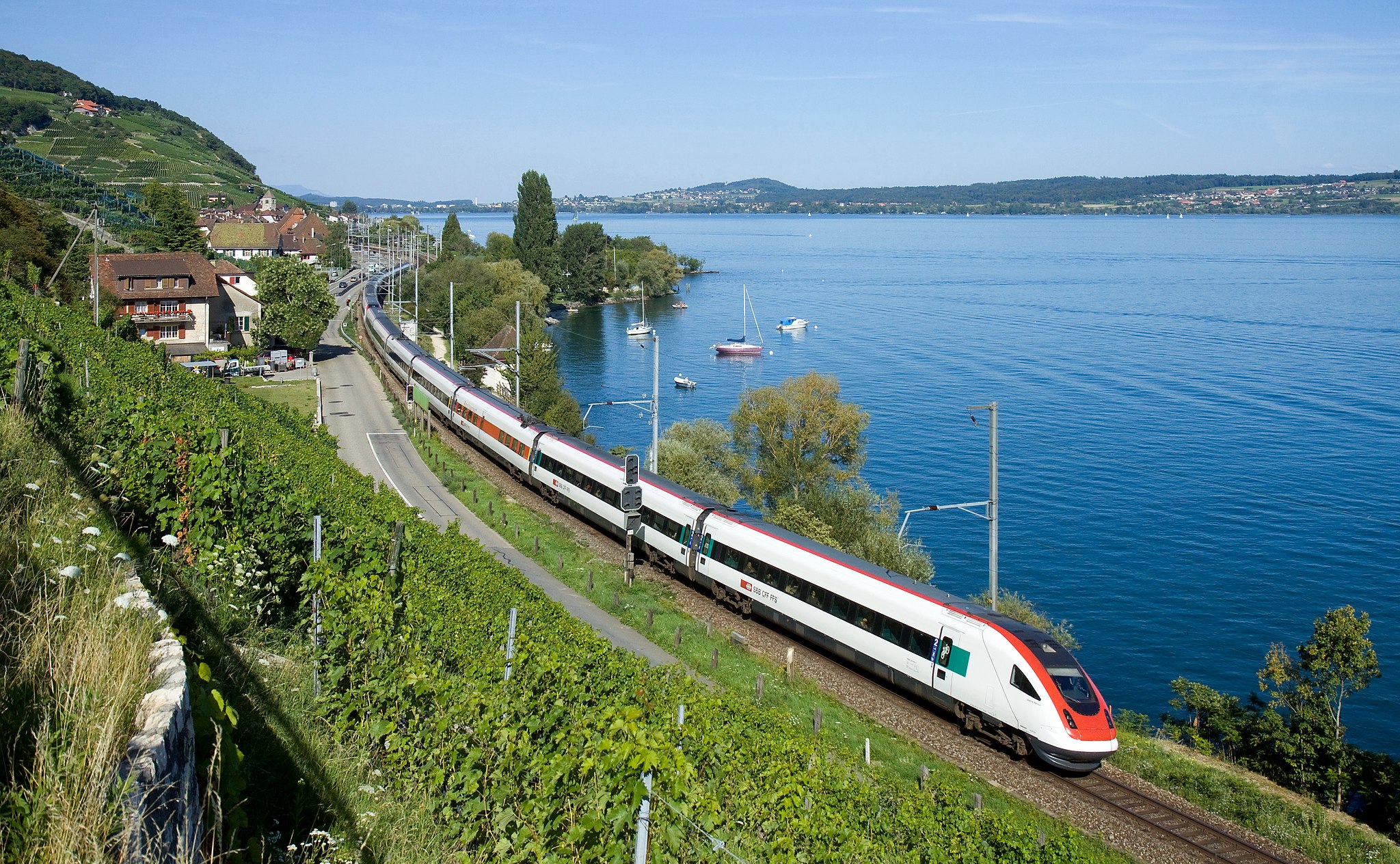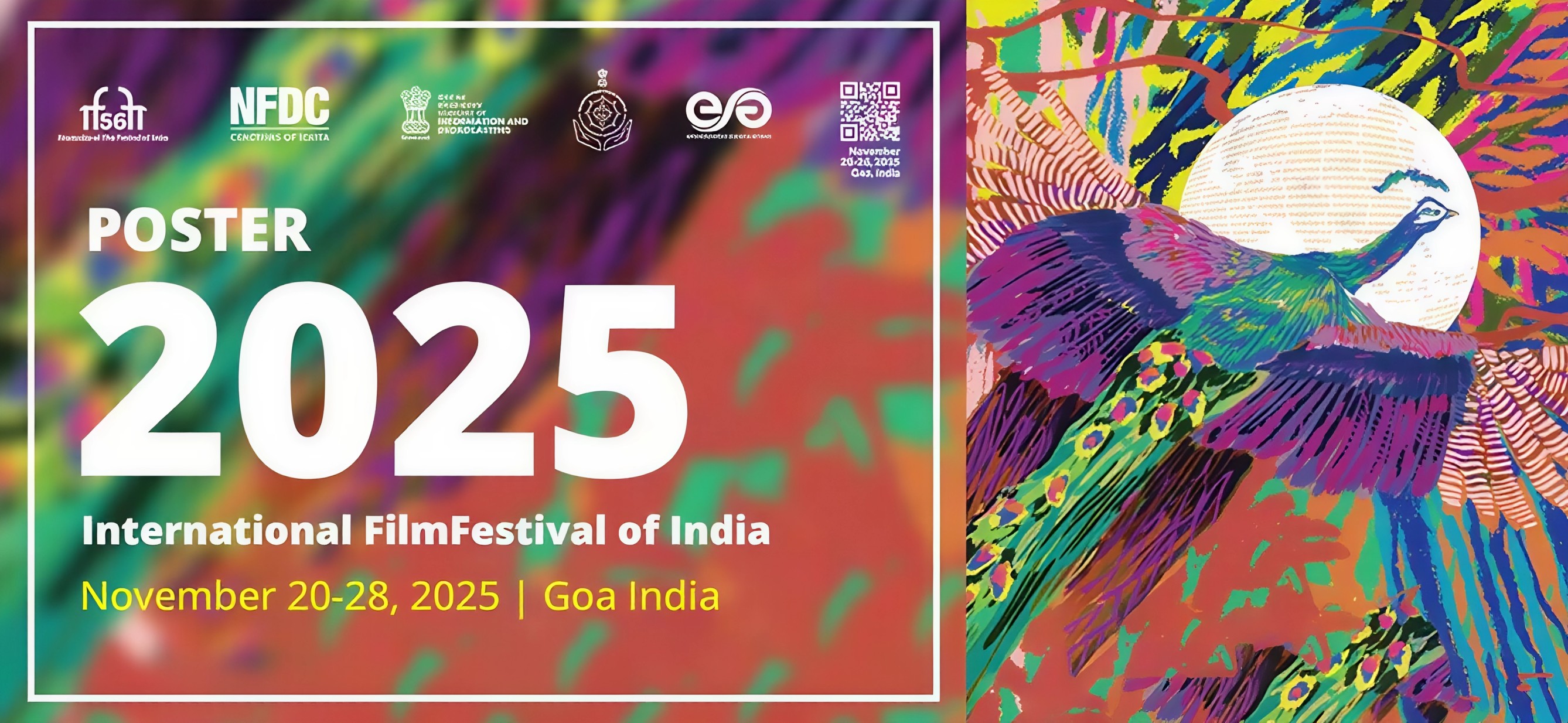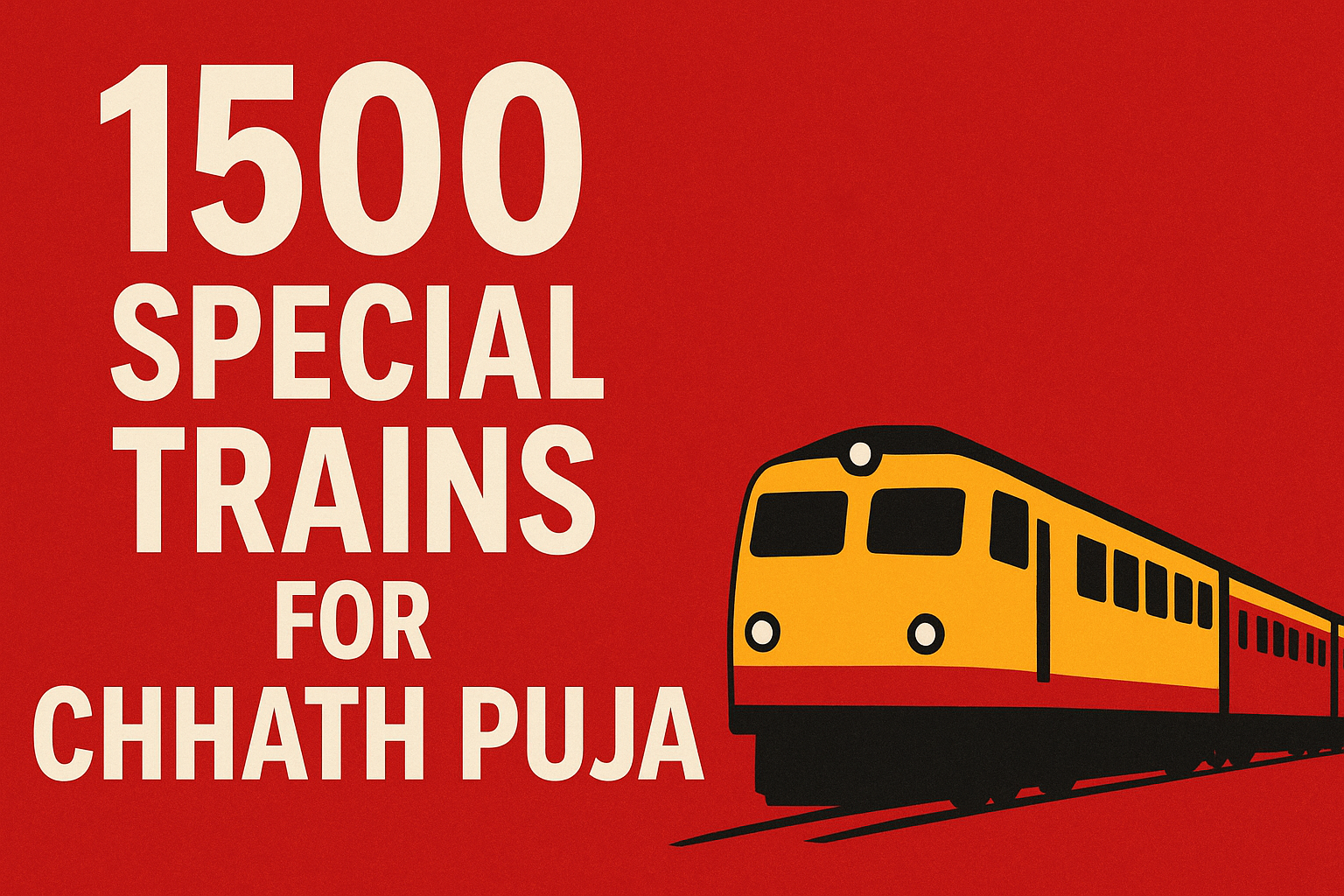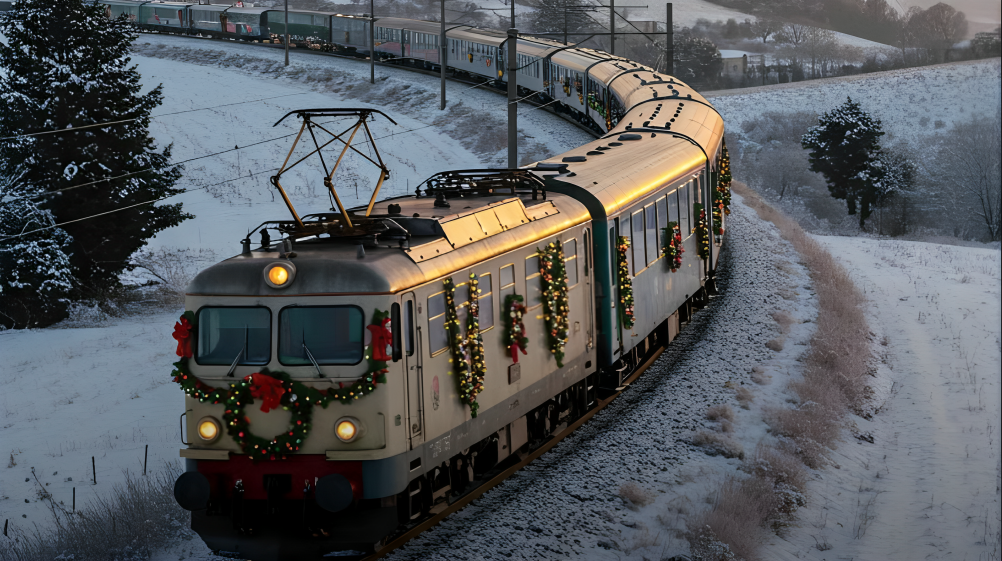A route that unites continents
This once-in-a-lifetime journey begins in Lisbon, weaving through Spain, France, Germany, Poland, Belarus, Russia, Mongolia, China, Laos, Thailand, Malaysia, and finally ending in Singapore. It’s not a single continuous train but a sequence of connected routes, from Europe’s high-speed lines to Asia’s legendary transcontinental rails. Together, they form a seamless corridor of landscapes, languages, and legacies.
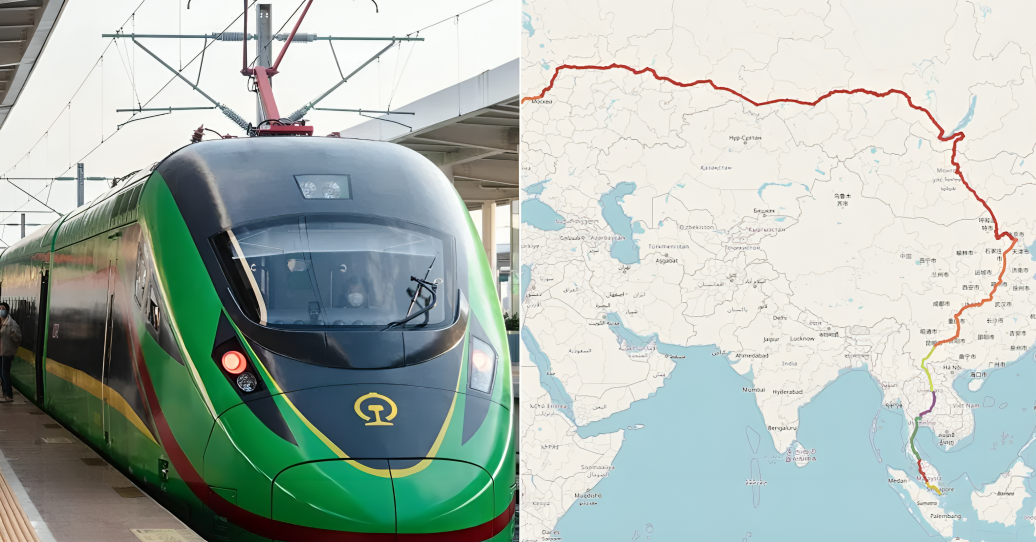
The full trip takes approximately 21 days depending on connections and layovers. Each segment is meticulously planned to offer scenic transitions — from the snow-covered Alps and Eastern European plains to the deserts of Mongolia, the lush jungles of Southeast Asia, and the futuristic skyline of Singapore.
A visual journey through history and nature
Few journeys offer this level of geographical and cultural diversity. Travellers cross mountain ranges, ancient cities, and river valleys without ever boarding a plane. Iconic routes like the Trans-Siberian Railway, the Beijing to Vientiane line, and the Thailand to Malaysia corridor serve as highlights, each a triumph of engineering and endurance.
In one continuous sweep, passengers experience medieval Europe, imperial Russia, the steppes of Mongolia, the temples of Thailand, and the tropical coastlines of Malaysia. It’s a sensory timeline — a moving museum of human progress and natural beauty.

The making of a rail legend
Although it is not an officially unified route, the Lisbon to Singapore journey is made possible through existing international rail networks. Travellers typically take trains from Lisbon to Moscow, then follow the Trans-Siberian line to Beijing before connecting southward through Laos and Thailand to reach Singapore. It requires careful coordination, multiple visas, and precise scheduling — but for true rail enthusiasts, the reward is priceless.
This journey isn’t about convenience. It’s about the art of travel — about embracing slowness and rediscovering the romance of movement. It reminds the modern traveller that exploration doesn’t always need to be fast to be fulfilling.
A sustainable alternative for the modern era
Beyond adventure, this cross-continental train route symbolizes a shift toward eco-conscious travel. As awareness of aviation’s environmental footprint grows, long-distance rail is being rediscovered as a cleaner and more mindful way to see the world. The Lisbon to Singapore journey stands as proof that sustainability and wanderlust can coexist — connecting people and places without leaving a heavy mark on the planet.
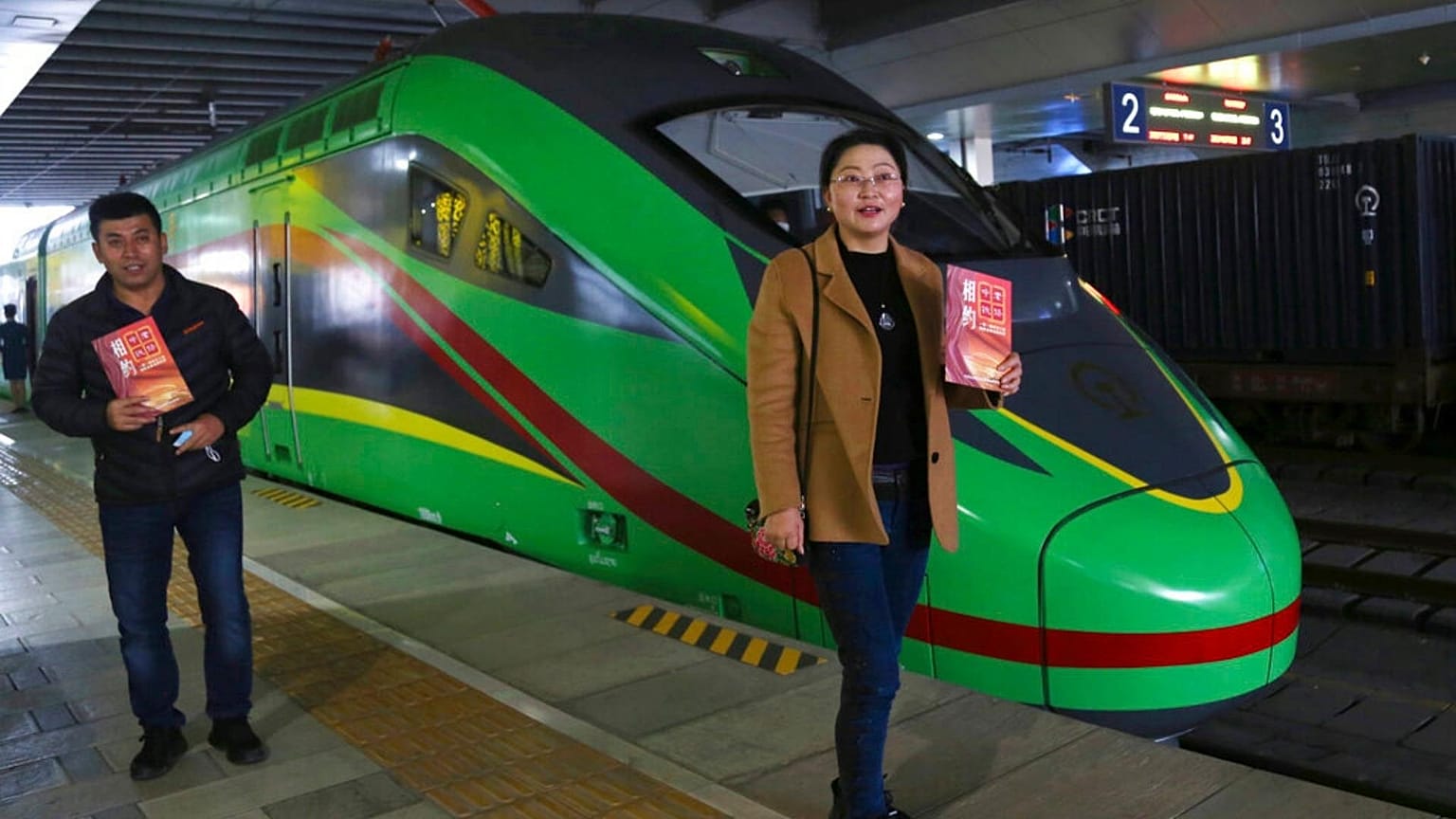
A ride through time and imagination
To journey 18,755 kilometres by train is to witness the world unfold slowly, one station at a time. It’s not just a route — it’s a reminder that the rhythm of the rails still holds a timeless allure. For adventurers, romantics, and dreamers alike, this odyssey is more than a trip across borders. It’s a passage through culture, geography, and human connection — a reminder that the best journeys are not measured in miles but in meaning.
Follow Travel Moves on Instagram and Facebook for more stories, insights, and updates from the world of travel, culture, and global exploration.

